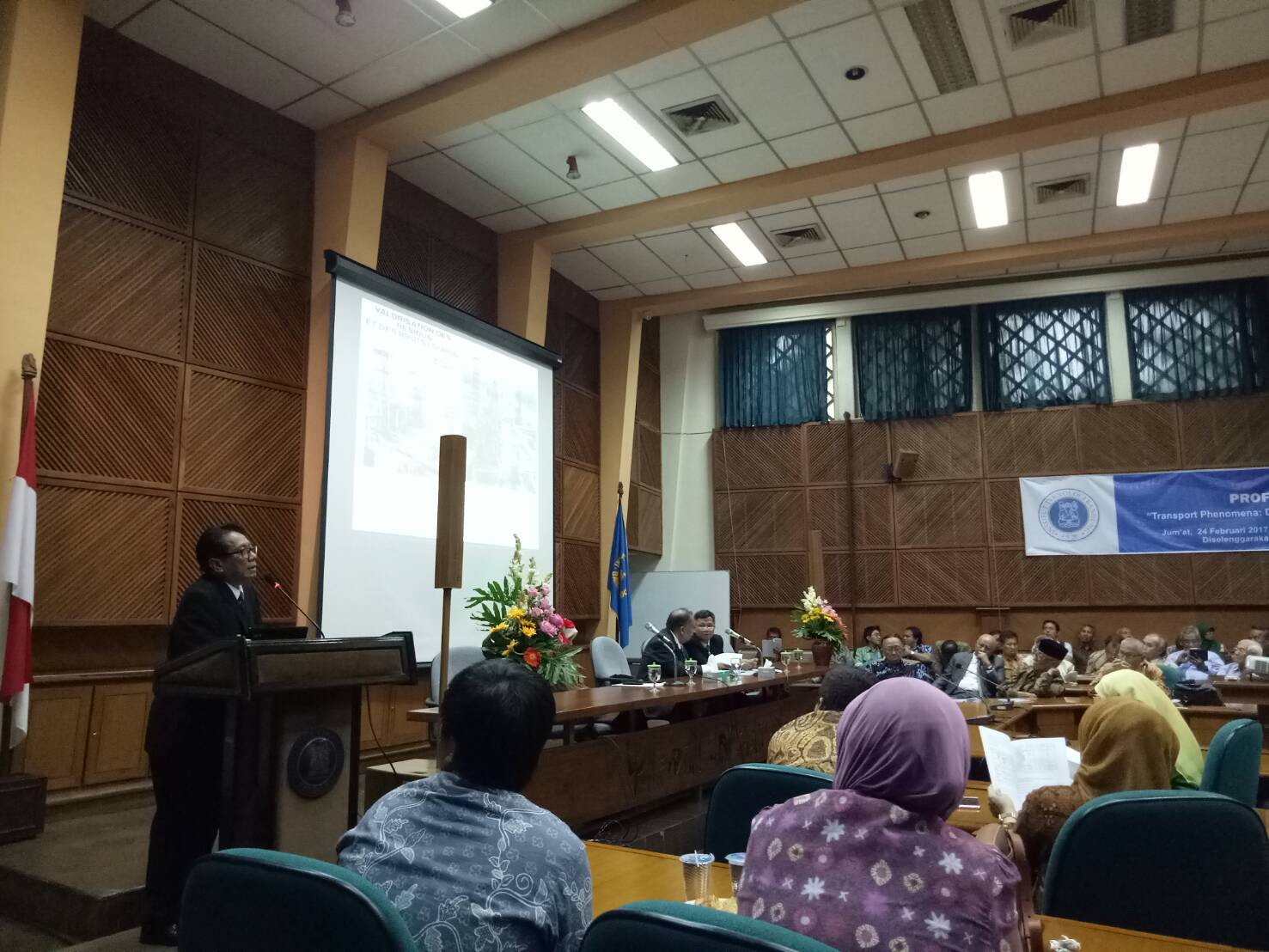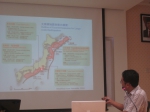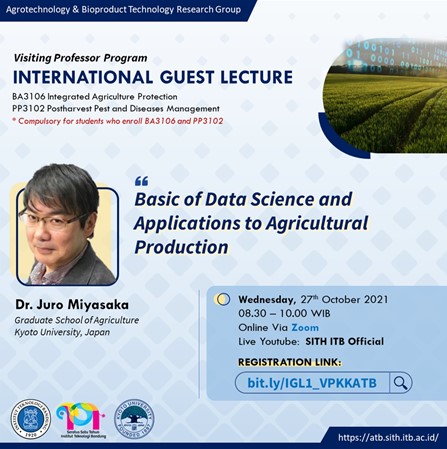Transport Phenomena: from Gas-Liquid Reactor Model to Plant Bioreactor

BANDUNG, itb.ac.id – One of ITB accomplished lecturers conducted research and development in chemical engineering. A professor from chemical engineering study program of ITB, Prof. Mubiar Purwasasmita recently conducted a research in gas-liquid reactor and plant bioreactor. This shows the academic commitment of ITB to society in science development for the benefit of society. The research was conducted because of widening, varying, and multidisciplinary chemical engineering applications over time. Transport Phenomena is also applicable to plants.
Hydrodynamic mathematic model in the developed plant bioreactor indicates that natural plant bioreactor design could maximize fluid flow into the plant and enhance the plant’s productivity significantly. This application of transport phenomena research to plant’s biological system will enable new agriculture technique such as plant’s productivity enhancement without land expansion, enabling full integration from upstream to downstream agro and chemical industries on certain area, which in the end will be the best option to realization of fulfillment of increasing food and energy needs.
Plants interact strongly with their surrounding biological environment especially for their food supply. That part of environment is acquired systematically to plant bioreactor, and become the supplier of required nutrients. Plants obtain required nutrients from its bioreactor that systematic and biological and control it according to production on demand.
Plants and their bioreactor could be indicated from the following observation. On the 40th day after planting with the same composition and quantity of compost fertilizer and soil, clumps of one seed rice grew 43 seedlings while clumps of three seeds rice grew 45 seedlings. At that time, the seedling leaves from one seed rice was still green while the ones from three seeds turned yellow, which indicates lack of nutrition. The clumps of one seed rice build only one bioreactor hence it was perfectly built while the clumps of three seeds rice build three imperfect bioreactors that lack spaces, causing lack of nutrition. Plants obtain their nutrition from their bioreactor.
Hydrodynamics of Plants Bioreactor
The main ingredient of plant bioreactor space is plant biomass that contains micro vessels with a relatively stable structure. The ends of theses micro vessels could meet each other, which in turn tend to touch the surface of roots or root hairs. These channels, created from a lot of micro vessels, absorb water and air in the room between soil grains and channel it to the surface of plant’s root by surface tension and plant’s capillary mechanism caused by evapotranspiration to keep the surface hydrated by liquid film. Space between soil grains should be sufficiently large and freely filled with air. The presence of air in spaces between soils grains serve to ensure the sustainability of water capillary mechanism because of surface tension. Local genius identifies this by calling fertile soil as loose soil.

scan for download








